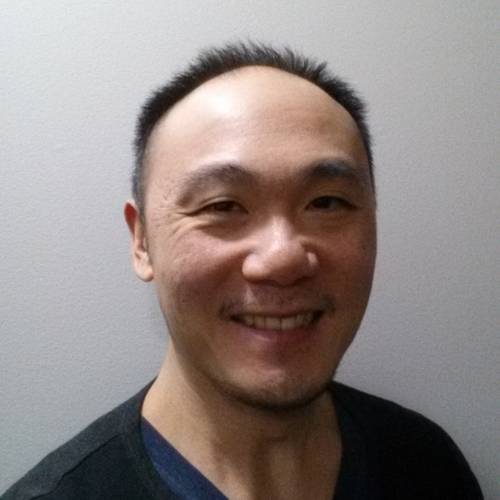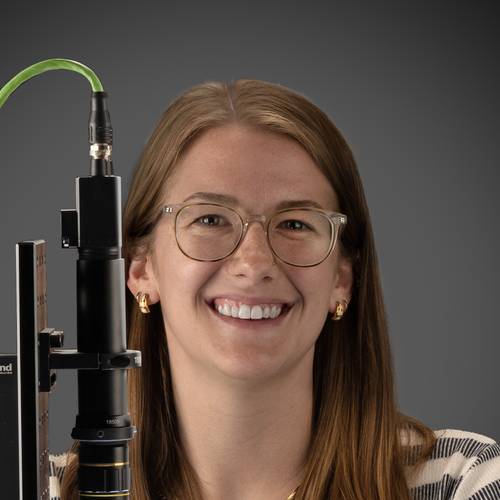About This Webinar
Biophotonics instruments that are involved in spatial 'omics' utilize multimodal microscope systems in order to study and understand relationships among cells, tissues, and RNA. As instrument complexity rises, maintaining instrument size within a reasonable footprint in the lab becomes increasingly important. This talk discusses fundamental microscope system design considerations and practical achievable modalities that are involved in developing compact microscope systems. Fundamental symmetry principles, for example, lead to design constraints such as conservation of etendue and the Lagrange invariant, which govern the limits to which one may scale the size of a microscope as well as the achievable optical flux for illumination for certain modalities.
Compact microscope systems must also maintain a uniform illumination profile. Fortunately, while this implies that the flux in the illumination is highly inflexible, meaning it can only be changed if you change the light source and the light source can only be less than or equal to a certain size, the uniformity in the illumination can be tuned by way of special optical assemblies. Compact microscope systems can also accommodate fluorescence, brightfield, and darkfield illumination depending on the sample of interest.
*** This presentation premiered during the
2024 BioPhotonics Conference. For more information on Photonics Media conferences and summits, visit
events.photonics.com
About the presenters

Ronian Siew obtained his degrees in optics and physics at the University of Rochester. He is an optics consultant with more than 25 years of professional experience designing optical systems. Siew has authored scientific peer-reviewed papers, four books, and holds two patents. He also serves as an associate editor in the area of optical design for SPIE’s Spotlight book series.

Rebecca Charboneau is a product line engineer at Edmund Optics working on developing microscopy and imaging products at the company’s Cherry Hill, NJ office. She joined Edmund Optics in 2021 and has been working closely with our life science and machine vision customers to provide them with optical solutions based around their system needs. Charboneau has a background in biomedical engineering and received a Master of Science degree in biomedical engineering from Rowan University.